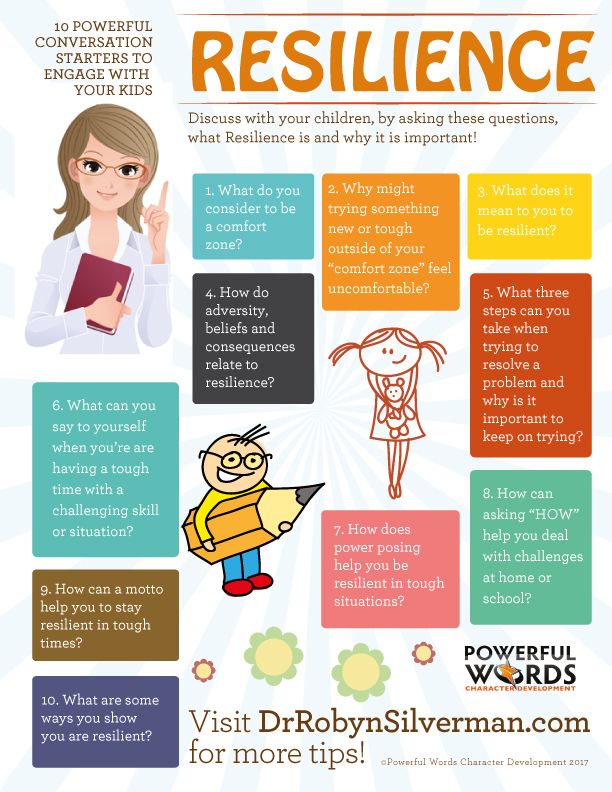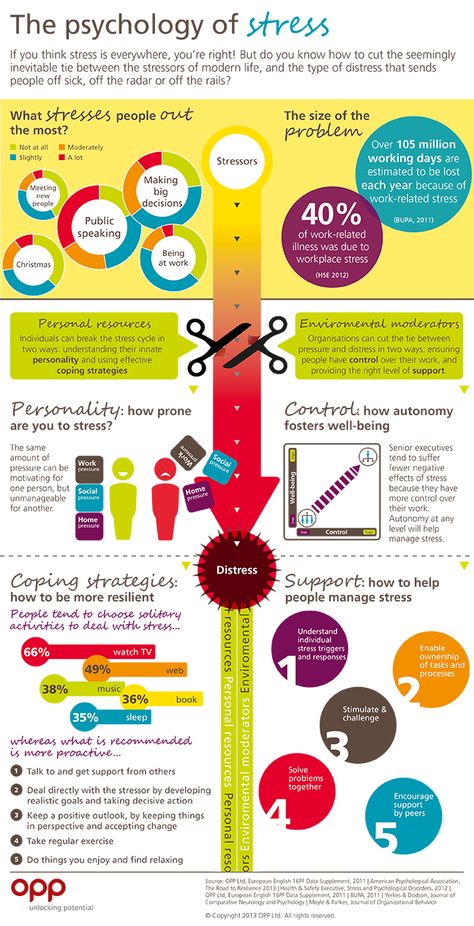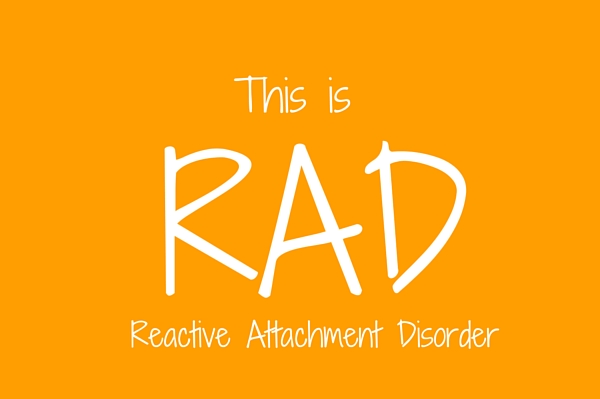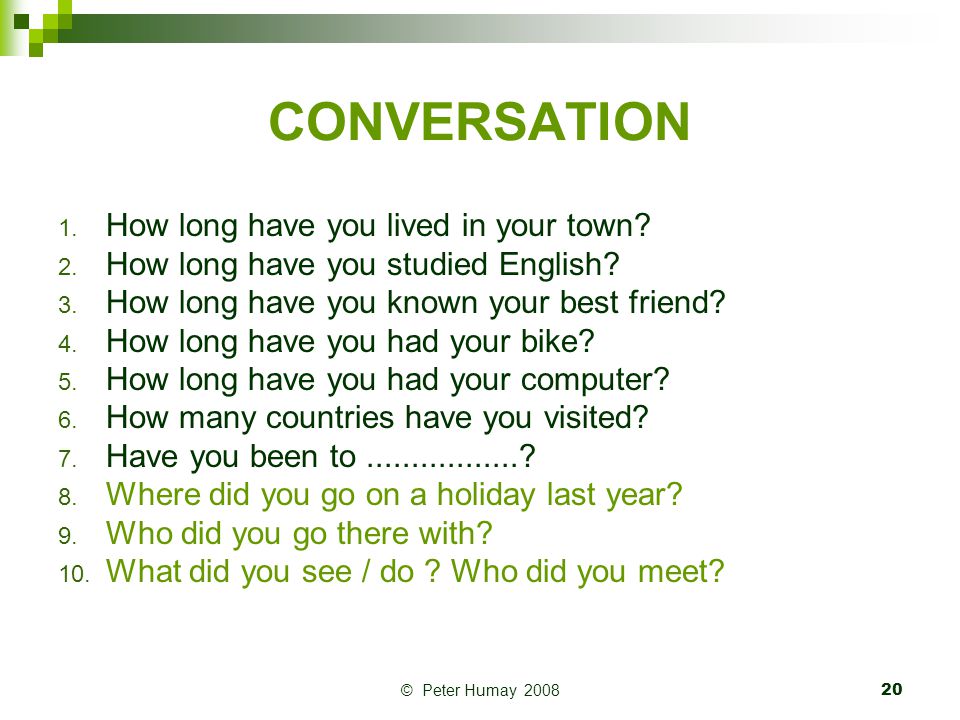Raising resilient children
How to Raise Resilient Kids: Advice for Parents
When the COVID-19 pandemic first forced schools and workplaces to close across the United States in March 2020, Charlotte Klopp, a mother of three in North Carolina, thought, like many, that the shut-downs would be short lived. “We thought that it would just be a few weeks or maybe a month and that life would resume as normal pretty quickly,” she says. As the pandemic stretched on for many months, she began to realize that she would need to be intentional about helping her kids weather the challenges that such a long period of stress and disruption can bring. “Sometimes they get frustrated that they can’t see their friends or do the things we used to do, but it’s important to me that they be able to think of the positives and try to grow from this experience,” says Klopp. “I want them to be resilient.”
Resiliency—the ability to bounce back from tough experiences—has been a buzzword during the pandemic as parents wonder how months of isolation, anxiety and boredom will impact their children in the long term. Luckily, there are things parents can do to help their kids protect themselves against the negative effects of stressful times. “Resiliency is a skill that can be learned, practiced and developed as kids grow,” says Allie Riley, who oversees programming and evaluation for Girls on the Run, a non-profit that helps girls develop social and emotional skills through physical activity. “It’s important because everyone will face challenges or setbacks at some point in their life, and when they’ve had the chance to develop their resiliency muscles, they’ll be better able to move through whatever their challenge might be.”
Parents should not expect their kids to naturally just be resilient; it’s a skill that can be learned and practiced. “Helping youth develop resiliency isn’t something parents can do in one day or with one conversation,” says Anthony James, director of the family science program at Miami University in Ohio. “It’s something that happens over time through dynamic parent-child interactions as parents make intentional decisions based on what abilities they desire to see their children exhibit over time.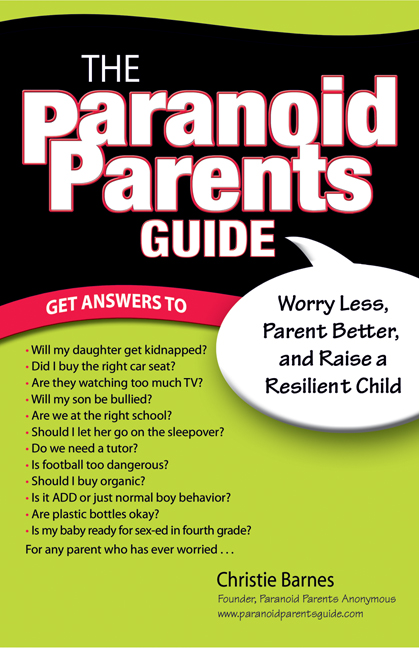 ”
”
There’s no manual on raising resilient kids, but experts say some parenting strategies can make a difference, no matter what your family context is or what challenges your kids might be facing.
Be intentional
Parents often have an idea of the kind of person they want their child to be when they reach adulthood. Whether a strong work ethic, kind personality or positive outlook on life is highest on a parent’s wish list for their child, a guiding philosophy can help parents make choices that will move their child in that direction. “When parents identify resiliency as a trait they want their grown-up child to possess, and as something that will take time and practice to build, they can make the sort of day-to-day parenting decisions that will help their child build their resiliency,” says James. Knowing that they value resilience can, for example, help parents decide when to step in when a child expresses frustration about completing a school assignment or guide the way they introduce new skills and chores as a child matures. James likens the process to teaching a child to drive. “The ultimate goal is to have a child that is able to drive safely anywhere, but you don’t start them out on the freeway. Instead, you start small and help them work their way up.”
James likens the process to teaching a child to drive. “The ultimate goal is to have a child that is able to drive safely anywhere, but you don’t start them out on the freeway. Instead, you start small and help them work their way up.”
Teach kids to recognize and name their feelings
When kids can effectively recognize and name their emotions, they’re able to connect those emotions to specific strategies that will help them move forward in a healthy way. For example, kids might recognize that they’re feeling nervous and know that talking to a parent or caregiver can help them relax, or that they’re feeling angry and that going for a run can help them clear their head. This sort of emotional management is a key aspect of resiliency.
“One of the first steps in being able to regulate emotions is being able to name what we’re feeling,” says Riley. Parents can start when their kids are as young as toddlers by pointing out facial expressions and physical reactions and tying them to specific feelings. They might say, “Molly, your mouth is making a frown and your fists are squeezed tight—it looks like you’re feeling mad, is that right?” As kids mature, parents can continue to help their child identify the emotions they’re experiencing as a first step in brainstorming a response.
They might say, “Molly, your mouth is making a frown and your fists are squeezed tight—it looks like you’re feeling mad, is that right?” As kids mature, parents can continue to help their child identify the emotions they’re experiencing as a first step in brainstorming a response.
Foster supportive relationships
Positive relationships often serve as a buffer for the rough stuff in life. While parents shouldn’t try to orchestrate their kid’s whole social life, teaching them how to have healthy relationships will enable them to do so on their own. Parents can teach kids about relationships by talking about how they choose friends, how they act as a good friend and how they handle conflict. And when parents have these types of relationships themselves, children notice. “Kids learn a lot about the world by watching their caregivers,” says Riley, “so it’s also important to try to model the sort of relationship we want them to have.”
Teach kids to ask for help
A resilient person doesn’t always bounce back from tough situations all by themselves. Asking for help is critical, and it doesn’t always come naturally, especially for kids. “Asking for help and support is an important skill for kids and adults,” says James, “but it can feel hard to ask for help for a variety of reasons.” Parents can help kids learn to ask for help by modeling what that looks like in their life, being open about times they’ve needed support and being receptive and supportive when kids come to them for help.
Asking for help is critical, and it doesn’t always come naturally, especially for kids. “Asking for help and support is an important skill for kids and adults,” says James, “but it can feel hard to ask for help for a variety of reasons.” Parents can help kids learn to ask for help by modeling what that looks like in their life, being open about times they’ve needed support and being receptive and supportive when kids come to them for help.
Help kids develop a range of coping strategies
“It’s good to have one strategy to help you feel better when you’re experiencing uncomfortable emotions, but it’s even better to have a whole range of strategies in case one is not working or not possible,” says Riley. Parents can offer suggestions like taking deep breaths, talking with a friend or going for a walk. As a child gets older, parents can ask questions, like, “What do you think would help you feel calmer right now?” to help them discover what works best for them when times get tough.
Give kids a chance to practice their life skills
“Every parent wants to protect their children from the hard things in the world,” says James, “and while that’s understandable, protecting them from every hard thing doesn’t allow them to develop and practice the skills they need to be resilient or effectively navigate life’s challenges.” While it might be tempting for parents to call the coach who cut their kid from the team or deliver the homework binder their child left on the counter on their way to school, parents should consider the skills their child won’t get a chance to practice if they step in every time.
While stressful times are rife with downsides, they can also bring opportunities to hone resilience. Klopp says that her children are weathering the pandemic as well as can be expected, and they’re practicing new habits and skills to cope. “We have hard days sometimes, but we do our best to look on the bright side and be really mindful about the things we’re grateful for,” she says. The family has started spending more time in their backyard garden to relieve stress, and Klopp has used all the together time to teach her children how to be a little more responsible for their own belongings and space. “I think that our kids are developing some new skills and some new gratitude,” she says, “and I’m glad we’ve been able to help them do that.”
The family has started spending more time in their backyard garden to relieve stress, and Klopp has used all the together time to teach her children how to be a little more responsible for their own belongings and space. “I think that our kids are developing some new skills and some new gratitude,” she says, “and I’m glad we’ve been able to help them do that.”
Contact us at [email protected].
Want to raise strong, resilient kids? Create 'nurturing routines,' says parenting expert—here’s how
D3sign | Moment | Getty Images
Resilience is the ability to face a challenge and come out the other side with some measure of growth and success, and there has never been a more important time for parents to help their kids build it.
As a physician who studies early brain development, I've found one surprising factor that contributes to increased resilience at a young age: creating "nurturing routines."
Studies show that having structure and familiar rituals teaches kids how to constructively manage themselves and their environment.
When children do things in a similar way and at a similar time, over and over, they know what to expect. This predictability creates feelings of comfort and safety.
As a result, they are better equipped to navigate the unexpected, which is a cornerstone of resiliency. The baseline is always: "I'm going to be okay."
Think of a nurturing routine as a security blanket or worn-out stuffed animal that provides a calm, loving environment in where the child feels comfortable exploring their feelings during a setback or challenge.
And as they begin to do parts of their routine with less supervision, they will grow more independent and confident.
Your child may have a morning routine that encourages healthy behaviors, like brushing their teeth and talking about their plan for the day, or a midday veggie snack that promotes a nutritious diet.
Here are some tips to keep in mind when creating these routines:
1. Encourage dialogue during the routine.
Children internalize parents' communication style as their own "private speech," so calm, loving prompts and questions throughout the day support emotional-regulation skills.
Let's say they have a nighttime routine that involves brushing their teeth and picking out pajamas. Encourage dialogue by saying, "Look at you, in your comfy clothes and ready to brush your teeth! First, we wet the toothbrush. What's next?"
2. Explain the "why" behind a routine.
Explaining the why behind a routine helps kids learn what's expected of them and feel the positive impact of completing the routine.
For example: "We had so much fun building with our blocks, but it's time to clean up. The big blocks go in the blue bucket. Where do the little blocks go?"
After they answer, you can respond with: "That's right! Let's finish up so we can eat a snack to stay energized the rest of the day."
This simple activity helps them practice language skills, taking turns, talking and understanding the importance behind certain actions.
3. Be consistent.
Remember that resiliency doesn't develop overnight. Children need regular reminders of what these skills look like, so start early and be consistent.
Long or difficult days can make it hard to stick to a routine. Parenting requires flexibility. Sometimes a comforting statement can make up for a missed routine: "I'm sorry we didn't get to read a bedtime story together. But I promise I'll make time tomorrow."
Lastly, praise your child when they follow a routine without help so they get into the habit of doing it consistently: "Thanks for folding the blankets this morning. Good remembering!"
Dr. Dana Suskind is a professor of surgery and pediatrics at the University of Chicago Medical Center and founder and co-director of the TMW Center for Early Learning + Public Health at the University of Chicago . She is the author of "Parent Nation: Unlocking Every Child's Potential, Fulfilling Society's Promise." Follow her on Twitter @DrDanaSuskind.
Don't miss:
- I talked to 70 parents who raised highly successful kids—here are the 4 hard parenting rules that make them different
- A psychologist says these 7 skills separate successful kids from ‘the ones who struggle’—and how parents can teach them
- A psychologist says parents who raise resilient, socially intelligent kids always do 5 things during ‘hard times’
Formation of the resilience of children and adolescents » Department of Family and Childhood of the city of Krasnodar
The concept "resilience" characterizes the psychological vitality of a person and serves as an indicator of his mental health.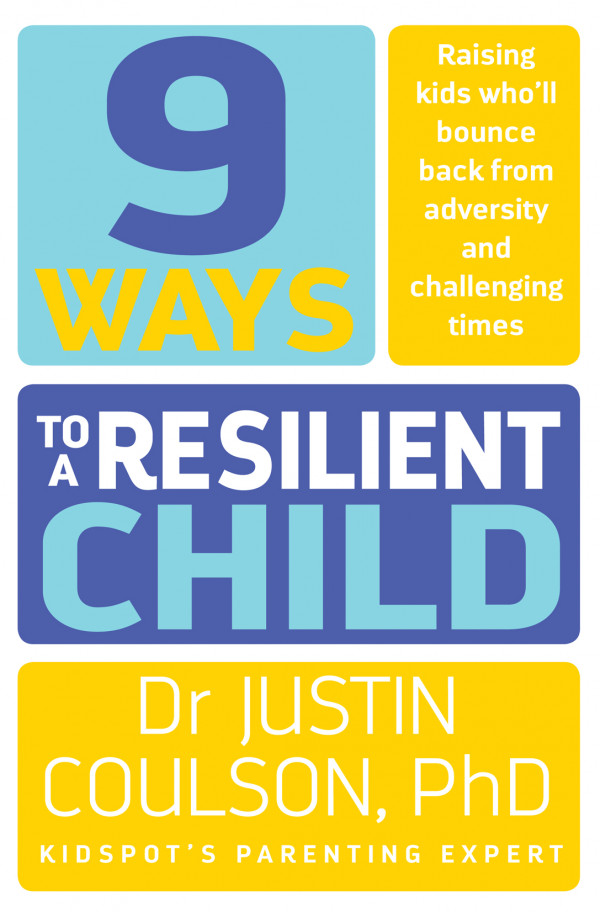 It has been experimentally revealed that resilience is the basis for open and energetic resistance to stressful events and crises. Coping with problems can go in two ways - either active (hardy coping, according to S. Muddy), or passive (infantility, the desire to go with the flow). nine0005
It has been experimentally revealed that resilience is the basis for open and energetic resistance to stressful events and crises. Coping with problems can go in two ways - either active (hardy coping, according to S. Muddy), or passive (infantility, the desire to go with the flow). nine0005
Studies have shown that resilience is not an innate quality, but is formed during life, which means that a large role in this process belongs to society, namely: family and raising children.
Resilient people in stressful situations (in particular, during serious changes) seek support and help from loved ones, and are ready to answer them in the same way, they believe that changes and stresses are natural, and that they are rather an opportunity for growth, development, a deeper understanding of life than a risk, a threat to well-being. nine0005
Scientists have found a relationship between the level of resilience and the conditions of early childhood development. In particular, it was found that the formation of resilient beliefs was positively influenced by:
- stress in early childhood, such as material difficulties, frequent moves, etc.

- sense of purpose in life;
- building confidence, maintaining high standards.
Negatively influenced the development of resilience in childhood:
- lack of support, encouragement from loved ones;
- lack of a sense of destiny;
- lack of involvement in various activities, school life, alienation from significant adults
Child's resilience - the ability to easily overcome life's difficulties and changes and adapt to them. Resilient children are aware of themselves as an autonomous individual, they are able to draw a line between themselves and the problems around them. They are independent and self-sufficient, do not lose internal control over themselves. Such children easily perceive signals from others, understand well the shades of meaning in the behavior, actions, words of parents and other adults. Easily move from one activity to another, being able to bring the matter to its logical conclusion.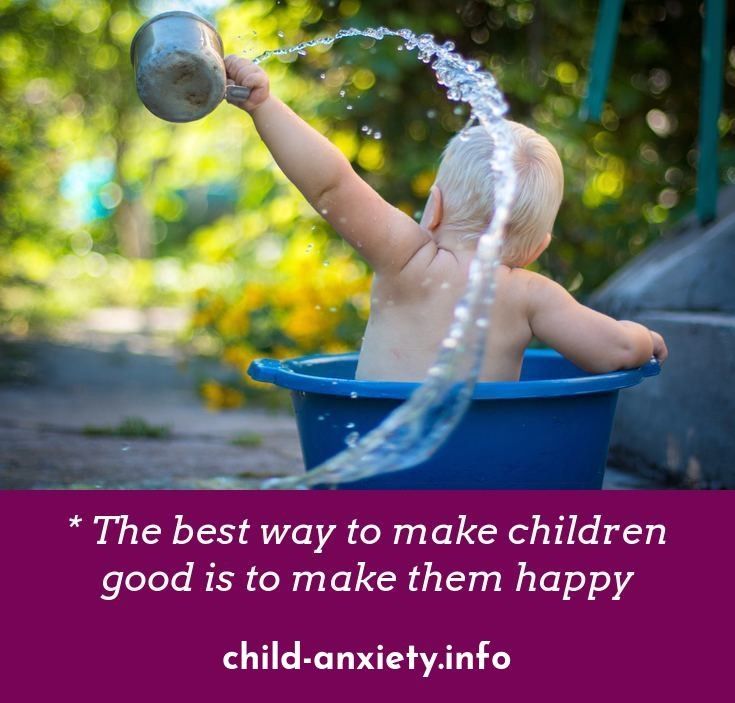 People around are treated with compassion and sympathy. A resilient child is active, proactive, recognizes his share of responsibility for what is happening. A child adapted to life develops trusting relationships with at least one adult, good relationships with peers, and close friends. A sense of humor develops, allowing you to see the comic even behind the pain. nine0005
People around are treated with compassion and sympathy. A resilient child is active, proactive, recognizes his share of responsibility for what is happening. A child adapted to life develops trusting relationships with at least one adult, good relationships with peers, and close friends. A sense of humor develops, allowing you to see the comic even behind the pain. nine0005
How do these children, who are called resilient children, differ from other children?
- Such children are socially competent and able to behave at ease both in the society of their peers and among adults. They know how to win over those around them.
- Self-confident. Difficulties only encourage them. Unforeseen situations do not bother.
- Independence. Although they carefully listen to the advice of adults, they know how not to fall under their influence and the influence of other people (Bekhterev would say that they are little susceptible to suggestion). nine0016
- Striving for achievements.
 Such children tend to demonstrate to others their high school performance, sports success, artistic or musical abilities. Success brings them joy. They are convinced by their own experience that they can change the conditions that surround them.
Such children tend to demonstrate to others their high school performance, sports success, artistic or musical abilities. Success brings them joy. They are convinced by their own experience that they can change the conditions that surround them. - Usually their friendships and family ties are not very rich. They establish only a few stable and constant contacts with other people. A small number of connections contributes to their sense of safety and security. nine0016
Education for resilience requires parents to take certain parenting measures based on the following principles:
- Creating a secure environment with a sense of permanence, where the child is not forgotten, there are no insults and injuries, abuse. Every person needs to be loved.
- Helping a child develop self-esteem, interests, skills, talents and hobbies.
- Emphasizing the importance of the family, a sense of pride and kinship. nine0016
- Encourage the child's autonomy, provide choice with support and create an atmosphere of security and love.
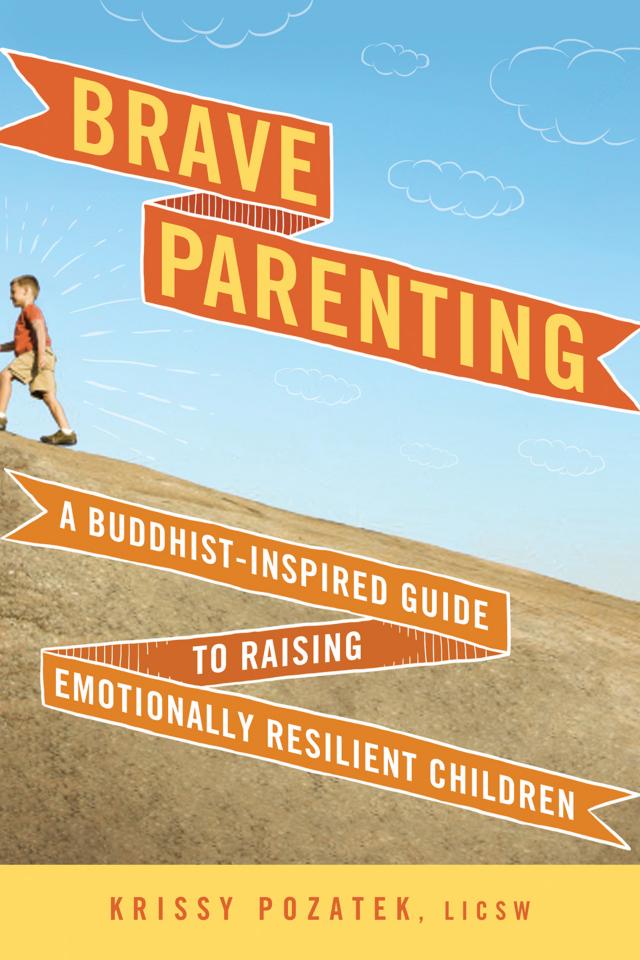
- Clear, concise statement of rules and requirement to follow them.
- Giving the child the opportunity to openly express their feelings.
- Teaching the child to make decisions quickly, as problems often arise due to the fact that the child passively reacts to the situation, feels helpless.
- Encouragement of the activity of the child. nine0016
- Clear definition and naming of the problem, emphasizing that problems are part of normal life. Joint search for a way out.
- Teaching a child to behave in society: friendliness, sociability, responsibility, mutual assistance.
- Helping a child to transform negative emotions into positive ones.
- Encouragement of the child's belief in himself and in his ability to act independently.
- Help determine how and where the child can ask for help if needed. nine0016
- Attention to sudden changes in behavior and mood - this can be a wake-up call. And we can say that the lower the level of resilience in children and adolescents, the more prone they are to suicide.
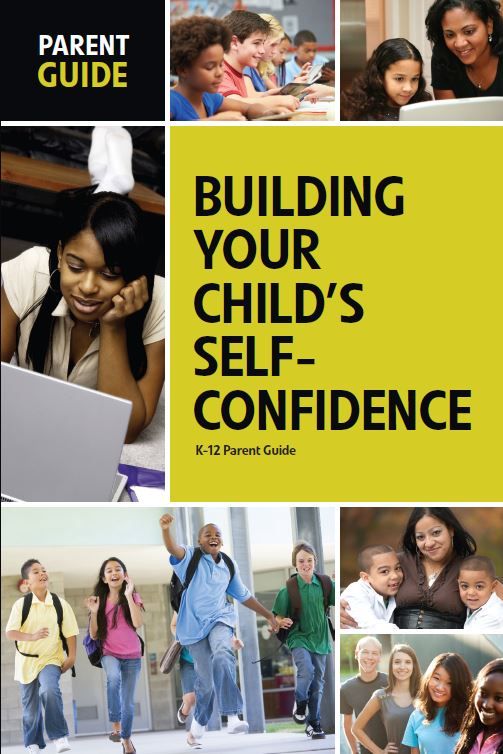
Based on the foregoing, it becomes clear that in childhood it is necessary to develop, first of all, the skills of intellectual activity:
- positive analysis of difficult life situations;
- role-playing games - "playing" situations of stress; nine0015 expansion of horizons, internal culture;
- communication skills: social support; requests; the ability to say "no";
- adequate response to fair and unfair criticism;
- coping skills: self-acceptance and self-respect; self confidence;
- volitional efforts.
Parents should remember that most suicides are related to conflict situations in the family. About 40% of the surveyed primary school students answered that they are punished for bad grades, even beaten. In the answers of high school students (300 people were interviewed), physical violence is hardly mentioned, but only half of the respondents consider their position in the family to be equal . Suicide can be caused by the fact that teenagers feel like lonely people in the family, whom no one understands and loves. These studies have shown that the better the relationship with parents, the lower the percentage of adolescents who think about suicide. The same studies showed that suicidal and potential suicidal people had a poor or satisfactory relationship with their parents or one of them.
Suicide can be caused by the fact that teenagers feel like lonely people in the family, whom no one understands and loves. These studies have shown that the better the relationship with parents, the lower the percentage of adolescents who think about suicide. The same studies showed that suicidal and potential suicidal people had a poor or satisfactory relationship with their parents or one of them.
The following reasons were also named: poor relations with peers -11.3% of the respondents; prolonged depression due to loneliness and unrequited love -18%; difficult financial situation - 5%; problems related to studies - 11%; hopeless situation - 8.7%. nine0005
Children's attitudes towards death and possible suicide are formed and change depending on the age of the child. At primary school age, some children consider death to be a punishment for evil. Another part of the children refers to death as the natural end of life. Adolescents are fully aware of the inevitability and final nature of death.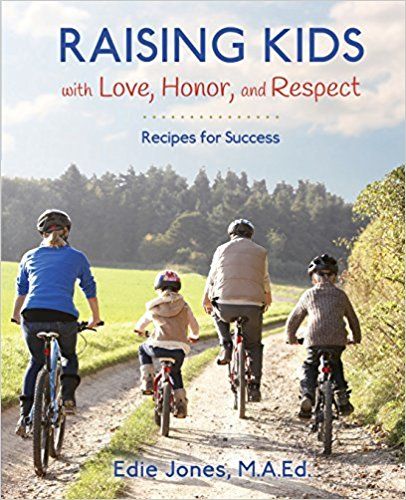 They are already able to understand the concepts of death that exist in society. A teenager can approach death calmly and soberly as the natural end of life. In other cases, he may take a clear defensive position, presenting, for example, suicide as an opportunity to punish parents or the victim for the sake of a high idea. nine0005
They are already able to understand the concepts of death that exist in society. A teenager can approach death calmly and soberly as the natural end of life. In other cases, he may take a clear defensive position, presenting, for example, suicide as an opportunity to punish parents or the victim for the sake of a high idea. nine0005
The mental organization of a teenager is very unstable, and at all levels: emotions, feelings, intellect. This is both extreme instability of self-esteem and, at the same time, maximalism; and inadequate understanding of one's own competence, social competence in particular; and decreased mood, anxiety, easily occurring fears. Fears are often pointless. It is only possible for adults to draw a clear line between true and demonstratively blackmailing suicidal attempts. In adolescence, there is no such limit. nine0004 Any self-aggressive action of a teenager should be considered as an act dangerous to his life and health. Of course, we need to understand what is really happening, because the strategy and tactics of our behavior depend on it. But we must treat each such case with the same degree of seriousness.
But we must treat each such case with the same degree of seriousness.
Difficulties in timely recognition of suicidal tendencies and cases of suicide unexpected for others lies in the fact that from the point of view (experience) of adults, the motives of children pushing them to such actions are regarded by adults as frivolous, fleeting, insignificant, while for teenager this significance is very high. nine0004 What seems like nonsense to an adult can seem like the end of the world to a teenager. The tragedy is that temporary problems are thus solved once and for all.
Adolescents often repeat suicide attempts, and the next attempt is often more difficult, because it takes into account the experience of the failed one. Even if a teenager makes a demonstrative suicidal attempt, using it to effectively influence others, one must remember that this is a non-adaptive way of resolving the situation, and there is a great danger of an overacted demonstration, the consequences of which can be very, very deplorable. Affects are destructive for a teenager! A suicidal threat expressed in an affect is usually carried out, and the consequences are very severe. nine0004
Affects are destructive for a teenager! A suicidal threat expressed in an affect is usually carried out, and the consequences are very severe. nine0004
A significant part of the suicidal contingent are practically healthy children and adolescents in subjectively significant crisis states. Prior to a suicide attempt, most of the suicidal contingent (more than 80%) had never turned to psychiatrists, psychotherapists and psychologists for specialized help. In this regard, parents have a great responsibility for the well-being of their children. It is parents - adults, wise people with worldly experience, endowed with observation, a sensitive and loving heart - who need to pay attention to any alarming symptoms in the behavior of their child and seek specialized help by taking a simple step - dialing the helpline number of the psychiatric service of the Krasnodar Territory for children and teenagers - 8-800-250-2955 (24/7).
Posted by
Is it possible to cultivate resilience? | PSYCHOLOGIES
Know YourselfPractices how to
The concept of resilience is becoming one of the key to modern psychology. And if many words in scientific use do not mean quite the same (and sometimes not at all) as in ordinary life, then this does not happen with resilience. Psychologists see it in exactly the same way as we all do - the ability to withstand difficulties, believe in yourself and achieve your goals. nine0005
However, the popularity of this concept has given rise to many textbooks and trainings aimed at fostering resilience. At the same time, their authors often proceed from the premise that this quality can be brought up in absolutely everyone and by approximately the same methods. Psychotherapist Maxine Harley challenges this point of view and shares her views on the concept of resilience and how to achieve it.
Sponge wall
Not all of us are equally capable of showing vitality and developing it in ourselves.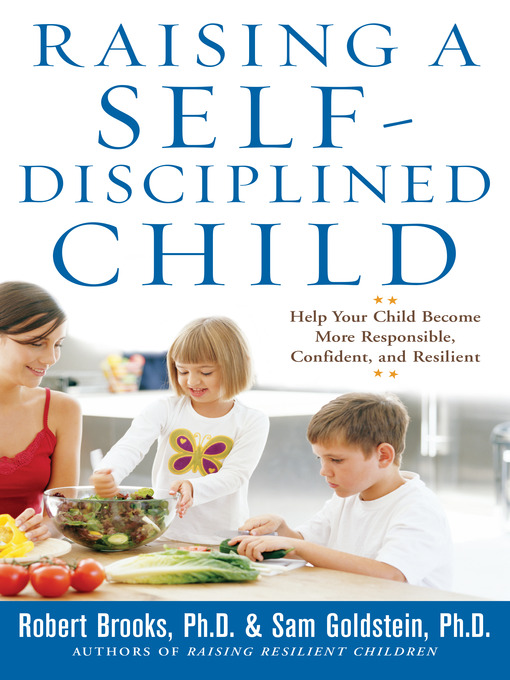 If we consider this quality as a set of necessary psychological tools, then textbooks and trainings are certainly useful for those who already have some of these tools in their arsenal. nine0005
If we consider this quality as a set of necessary psychological tools, then textbooks and trainings are certainly useful for those who already have some of these tools in their arsenal. nine0005
Such people are able to quickly master the missing “toolkit” and use it effectively in the future
But what about those who have never even seen this very “toolbox”? Those who lack the necessary personality traits and psychological skills. Attempts to teach them resilience according to common patterns can not only be of no benefit, but even cause serious harm. A positive result will not be achieved, and this will only undermine the already low self-esteem. nine0005
If we compare the education of resilience to building a wall that protects us from the onslaught of life's difficulties, then for some this wall is built from real bricks, while for others it is made of bath sponges. Which fit evenly and neatly, according to all the rules of logic: “I must believe in myself”, “I must face difficulties”. But without deep emotional certainty, these arguments are worth little.
But without deep emotional certainty, these arguments are worth little.
And the wall, which looks very solid and completely real from afar, swells and falls apart, as soon as the sponges-bricks are saturated with fear and emotional insecurity. No arguments of logic, no “I should”, no longer work, the oldest, reptilian part of the brain turns on in us with its inexorable message - “you can’t fight, run or fall and pretend to be dead.” nine0005
Tools and reasons for their absence
What is the “toolkit” of resilience? First of all, an inner confidence that we are able to cope with any difficulty and in the most difficult situation we will certainly make every effort to win.
Next comes the ability and willingness to rely on one's strength. This is not about hypertrophied independence and the desire to separate ourselves from everyone else, but about the realization that if at a difficult moment we have no one to rely on, we will find enough strength in ourselves not to give up.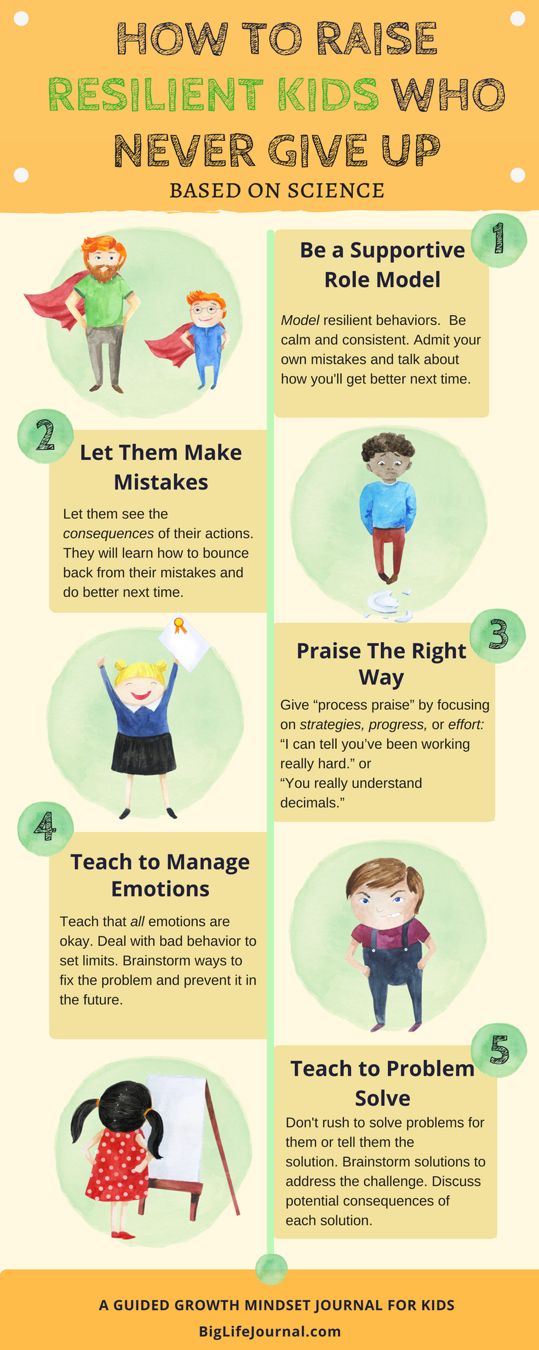 nine0005
nine0005
Another important feature is the ability not to succumb to doubts and fear of failure, but, on the contrary, the ability to perceive life's inevitable difficulties as challenges that mobilize our resources.
And finally, this is a healthy assessment of what is happening. The ability to fill events with positive meaning in order to perceive life not as a series of troubles, but as a series of lessons, each of which enriches us and makes us even stronger.
It is most difficult to acquire these abilities for people who have experienced traumatic experiences in childhood
Here are the most negative childhood influences:
- A child in childhood was not allowed to be himself and develop his own identity, and with it courage and self-confidence.
- The child was perceived by adults as an object of their own feelings (whether positive or negative), and not as an autonomous person.
- The child had to pretend for a long time, to "wear a mask" in order to meet the family's expectations.

- The child was perceived by the narcissistic parents as an extension of themselves, or was forced by circumstances to manifest himself too early in the parental role in relation to other family members. In both cases, one can again speak of an underdeveloped self-identity. nine0016
- The child was rejected or was the victim of abuse (emotional or physical).
- The child was overprotective and did not have enough opportunities to get in touch with real life and form strategies to counter its difficulties.
- The child did not see examples and role models of resilience in his family.
The Six Rules
Does this mean that those who are unlucky in childhood are unable to develop resilience? Of course no. It only means that it is much more difficult for them to form it. And textbooks and trainings designed for the “average person” will not necessarily lead to success. Nevertheless, there are still general rules for the development of resilience in both children and adults. Here they are. nine0005
Here they are. nine0005
- Get to know the tools of resilience, feel them in yourself. Do not avoid situations that require courage, firmness, perseverance and self-confidence. On the contrary, immerse yourself in similar situations again and again, learn to feel these qualities in yourself and manage them to achieve the best result.
- Learn to deal rationally with negative experiences. Emotions are very important, but too often they lead us in the wrong direction - especially when evaluating unpleasant events. Try to comprehend both the difficulties and their consequences - at some point this will help to take emotions under control and in a critical situation behave not as fear or confusion dictates, but as the mind advises. nine0016
- Rethink your attitude towards your own weaknesses and the failures that they caused. As trite as it sounds, they do contain important lessons. This way, not only will you overcome future problems more easily, but you will also prevent your lack of resilience from being passed on to your children.
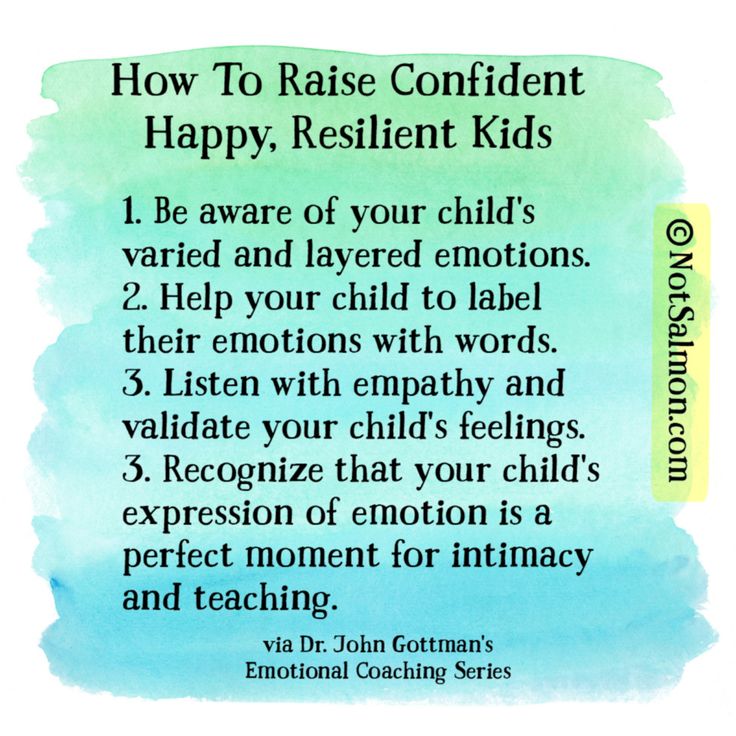
- In every possible way encourage perseverance and self-confidence in your child. Not only do not hide him from challenges, but on the contrary, create these challenges for him - naturally, in accordance with his strength and age - and do not skimp on praise for overcoming difficulties. nine0016
- Always separate the child's bad deeds from his personality. Bad behavior requires evaluation, but the child must understand that you are evaluating the act, and not transferring the negative attitude to him. Yes, he can get a deuce or break a vase, but he absolutely should not feel clumsy or stupid because of this and be ashamed of his own personality.
- Teach your child to believe in delayed pleasures and rewards and their value. Understand that rewards don't always come right away and that you have to keep trying even if it's not easy at the moment. nine0016
- Finally, become a role model of self-confidence and resilience. Every day to see a person nearby who is able to overcome difficulties and achieve a goal is much more valuable than all the teachings about how important it is to do this.
